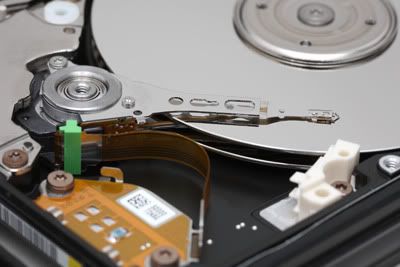
Image from Wikipedia
In technology, many people want to know what's the "best", and this is expected, especially when technology gets obsolete so quickly, you want a sound investment which lasts as long as possible.
While there is no such thing as the "best mobile phone" or "best notebook/laptop", due to a variety of reasons (a phone depends much on what you use it for, and a notebook is made from components so it depends what it uses), there can be certain "best". This includes processor, mainboard, hard drive, and so on. We'll get to the others later. Let's focus on the hard drive first.
A hard drive is a spinning disc/disk inside a casing, and so the faster the drive spins, the better it is. While there's SSD (solid state drive) to replace HDD (hard disc/disk drive) because it's faster and shock-proof, the prices are still high and they do not offer that large a capacity as HDDs can.
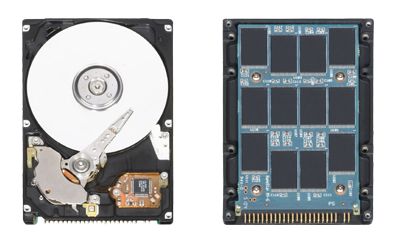
Today's HDD can go up to 2TB like Western Digital's Caviar Green RE4-GP Enterprise/Server drive, while today's SSD do not even breach the 500GB barrier yet.
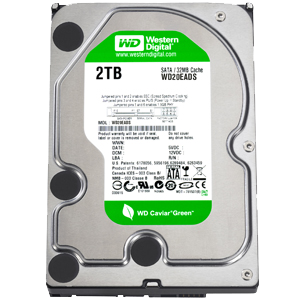
2TB is 2,000GB or 2,000,000MB
The spin rate, or RPM (Revolutions Per Minute) determines the HDD's performance (mostly - there are some smaller details like amount of Cache on the drive to help it perform better).
Desktop drives spin at 7,200RPM and older drives spin at 5,400RPM. Some smaller drives, like notebook drives, still spin at 5,400RPM. Server drives can spin up to 15,000RPM. However, the best desktop drive spins at 10,000RPM and only comes from WD, under their Raptor line.

WD Raptor drives spin at 10KRPM
Now, WD makes the VelociRaptor notebook-sized drive which spins at 10KRPM, making it not only the world's fastest notebook-sized drive, but also desktop drive if you opt for the heatsink version which matches the size of a desktop drive.

The WD VelociRaptor is the evolution of the WD Raptor
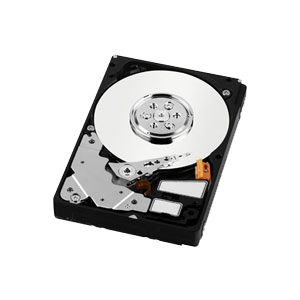
The notebook-sized VelociRaptor drive (above) and the desktop-sized heatsink version (below)
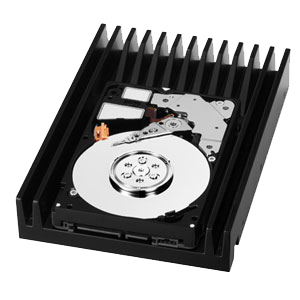
This evolution continues the legacy of WD's Raptor drives which spin at 10KRPM even in the older desktop-only models. RAID the VelociRaptors together and you'll pretty much have the fastest non-server HDD RAID on the planet. Until SSDs come down in price and increase in capacity, if you're looking for the best notebook-sized or desktop drive, you can't go wrong with the VelociRaptor.
Remember the VR is a notebook-sized drive (if not with the heatsink version), it is NOT a notebook drive. This is because the VR is DOUBLE in HEIGHT of a notebook drive, making it UNLIKELY to fit in ANY notebook. The notebook size refers to the width and length.
If you're looking for the best drive for a notebook, any notebook drive will do as they all spin at 7,200RPM, just like desktop drives. If you want speeds like the VR on a notebook, you'll have to look at SSDs (mentioned earlier above), which may even be faster than the VR, and offers drop-proof protection since it has no moving parts, unlike the VR. The only downside is what was mentioned - which is the smaller capacity and the higher price - for now.
Coming up next, we'll be testing the VelociRaptor and we'll be using this drive in tests of other hardware designed for high-end purposes, like 3D digital animation modelling and graphics rendering, via NVIDIA LeadTek Quadro professional workstation video cards, Intel's Core i7 (Nehalem) quad-core processor, and enthusiast desktop boards from ASUS.



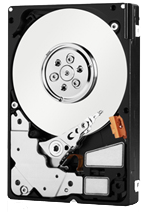










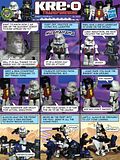





0 opinions:
Post a Comment